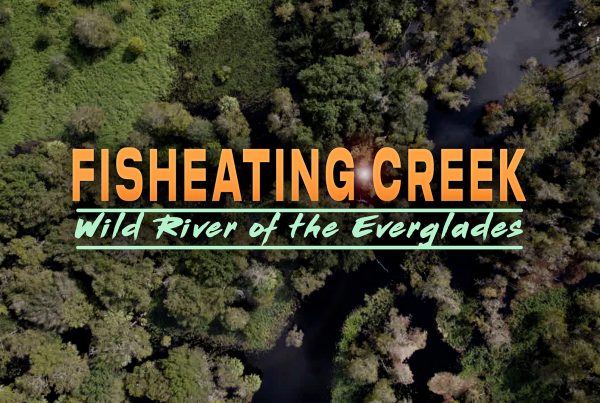What makes rainforests so unique? Well, lots of rain to start with.
Rainforests help the climate by “sequestering,” or storing huge amounts of carbon in the tissues of the plants that grow there. Also, through the process of photosynthesis, they usually create thick clouds of water vapor which helps to regulate the local climate. This process is referred to as “evapotranspiration.” Ironically, where rainforests are cut down, the landscape can become arid and desert-like.
Discuss the importance that tropical rainforests play in terms of climate, both locally and globally.
Rainforests
Tropical rainforests only cover about 6% of the Earth’s surface, yet they are some of the most diverse biological habitats in the world. Unfortunately, these forests are disappearing at astounding rates. As many as 150 acres of rainforest are cleared around the world each second. These jungles are being burned and bulldozed to make room for development and agriculture. Their loss is surely having profound effects on climate change and biodiversity.
Not all rainforests are tropical. In the Olympic Peninsula of northwestern Washington state, we find a temperate rainforest. This is considered a rainforest because it receives at least 68 inches of rain per year, but the temperatures here are not tropical. As magical as this forest is, it is not nearly as productive as a rainforest in the tropics.
The Earth’s tropical zone extends from about 23 degrees north latitude to about 23 degrees south latitude. Plants in tropical forests take up water through their roots and absorb carbon dioxide from the atmosphere. By harnessing the energy of the sun, carbon is synthesized into sugars, which help the plant grow. The byproducts? Oxygen, and water vapor. Ironically, this process, which is so dependent on climate, creates thick clouds that help to keep the climate of the rainforest stable. In many ways, rainforests are the lungs of the earth.
Rainforests are wet hothouses of biological activity. Because temperatures are warm all year long, there is no period of seasonal dormancy. Plants here are constantly growing, constantly producing. An acre of Amazon rainforest produces about 75 tons of sugar per year through photosynthesis. Compare that to an acre of forest in the Northeastern United States which only produces about 28 tons of sugar per year- one third as much.
The amazing rate at which green plants capture the sun’s energy and manufacture food in the tropical rainforest is the key to the tremendous biodiversity we find here. Every living thing is in competition with other forms of life that require the same limited resources. This competition over time has led to vastly greater numbers of species, in other words, greater diversity, in nearly everything.
The competing trees of the rainforest reach high in order to expose their leaves to the sun – some nearly 200 ft. – a huge investment in matter and energy. But if you were a vine, imagine the advantage of using the support of a tree to get your own leaves into the light without supporting them yourself. That’s why vines are so abundant here.
Epiphytes are plants that grow on trees, and they don’t send their roots down to the soil. They just hang on and take their nutrients from the air. We see the plants, the all-important producers of the rainforest, finding many different ways of solving problems and filling niches while conserving their resources. The result is tremendous biodiversity.
In the tropical rainforest there are 6-8 acres of leaf area for every acre of forest. As a result, the light energy falling on the forest floor is less than one half of one percent of the light falling on the high canopy of the forest. Plants must be adapted to extremely low light levels in order to survive down here. Therefore, most of the biological activity in the rainforest is high up where we have difficulty seeing it. It is there, where leaves and flowers are most abundant, that we find the herbivores at work. These are the primary consumers of the forest playing their part in recycling the nutrients provided by the producers.
With so many kinds of roots, leaves, fruits and seeds available in the rainforest, the result is tremendous diversity in the kinds of herbivores competing for those foods. The greater the quantity and diversity of foods in the forest, the greater the diversity of its primary and secondary consumers. The effect can be spectacular to those of us from temperate climates. On Costa Rica’s Osa Peninsula, we find an explosion of life. Containing less than 1000th of a percent of the world’s land surface area, these jungles hold about 2.5 percent of the world’s biodiversity…. A fantastic example of how productive tropical forests can be. Here we find not only a spectacular number of plants, but also countless numbers of birds, monkeys, insects, and even extremely rare mammals like the Baird’s tapir.
But the high rainfall in tropical rainforests has a downside. The soils here can be very poor. In fact, this whole system of rainforest life is extremely delicate. This is not what we expect of a habitat so spectacular and full of living things.
While water is so important to life here, the heavy rainfall also leaches out the precious minerals of the soil and washes them away. The surprising result is that nearly all the important micronutrients essential for plant growth are locked up in the things that are still alive rather than in the soils. So, when a tree dies, it must be recycled quickly. Luckily, the dense network of roots near the surface of the forest floor reabsorbs nearly all the nutrients released during the processes of decay. This recycling of critical micronutrients sustains the forest generation after generation. But if you clear this forest away, the whole delicate rainforest ecosystem, which has developed over eons of time, can be destroyed forever.
Coming soon




